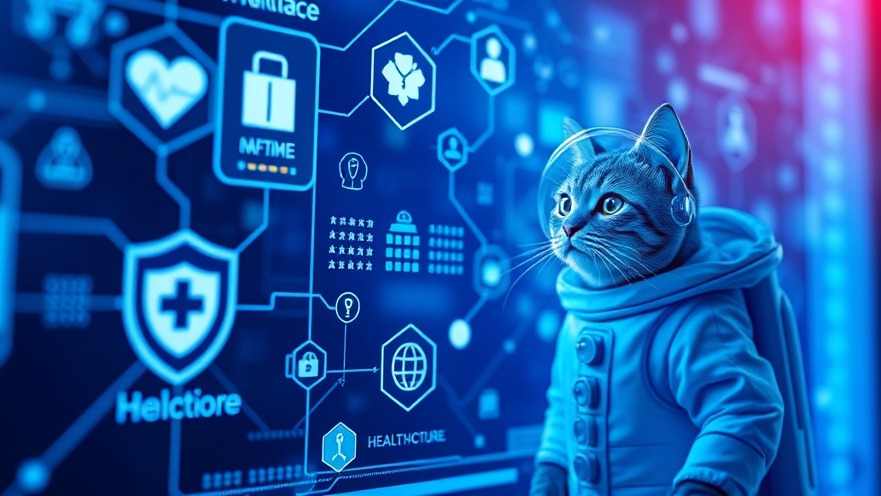
The Dangerous Legacy of RC4 Encryption
Security measures are often taken for granted until something goes awry. The recent criticism of Microsoft by Senator Ron Wyden emphasizes the pressing need to address obsolete encryption methods like RC4. This cipher, a remnant from 1987, was deemed vulnerable nearly a decade ago yet remains a default setting in Windows. Wyden highlights the 2024 ransomware attack on Ascension, where the exploitation of this outdated cipher led to the exposure of sensitive medical records of over 5.6 million patients.
Understanding Kerberoasting and Its Implications
Kerberoasting is a tactic hackers use to exploit weaknesses in network authentication protocols, targeting environments that rely on Kerberos authentication. Due to Microsoft’s reliance on the insecure RC4 cipher, organizations risk falling prey to such attacks. This not only threatens businesses but also compromises personal data, highlighting the intersection of cybersecurity with broader social trust.
A Systemic Security Flaw: More Than Just Microsoft’s Fault?
Wyden’s accusations of "gross cybersecurity negligence" raise fundamental questions about shared responsibilities in digital security. While Microsoft holds a significant responsibility for providing secure products, users and administrators must also engage in best practices, such as updating encryption settings to leverage more secure options. The interplay between user awareness and software defaults is crucial in the fight against ransomware attacks.
Future Trends in Cybersecurity: A Call for Adaptation
As we look towards 2025 and beyond, the cybersecurity landscape evolves rapidly. Innovations like AI-powered security solutions, which leverage machine learning for threat detection, are crucial for staying ahead of vulnerabilities. These tools can enhance resilience against attacks, providing a more robust defense that is crucial given the increasing sophistication of cyber threats.
Staying Informed: Taking Action in a Digital Age
For tech leaders and organizations, understanding the implications of outdated security protocols like RC4 is more than an IT issue; it’s a mandate for effective risk management. Awareness campaigns and training sessions are essential to equip teams with the knowledge to protect digital assets. Learning how to implement contemporary cybersecurity methods, such as AI for threat detection or data protection, is vital for future-proofing against cyber threats.
Final Thoughts: How We Can Secure Our Digital Future
The scrutiny of Microsoft’s practices highlights a broader need for vigilance in cybersecurity. As individuals and organizations, we should explore the latest advancements in AI-driven security tools to bolster our defenses.
Let's engage in discussions about the ethical implications of technology—a dialogue crucial for fostering a safer digital space. Together, we can work towards a future where our digital security is not compromised by outdated protocols.
 Add Row
Add Row  Add
Add 




Write A Comment